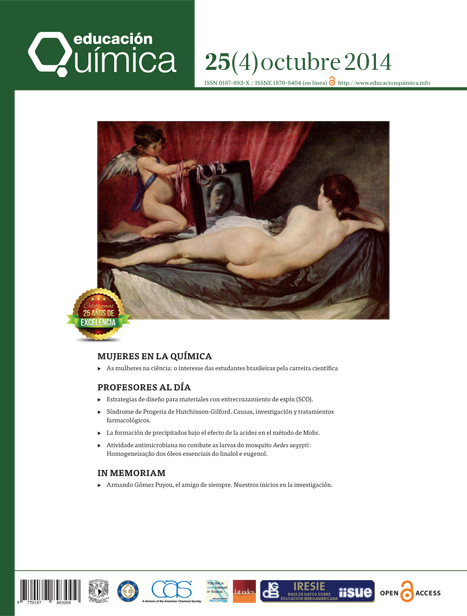Hutchinson-Gilford Progeria Syndrome. Causes, research and pharmacological treatments
Main Article Content
Abstract
Hutchinson-Gilford progeria syndrome (HGPS) also known as childhood progeria is a rare geneticdisease characterized by accelerated aging beginning in early childhood. The phenotypic features ofthis syndrome are caused by alterations in the lamin A protein, fibrillar component of the nuclearlamina which maintain the structure of the nuclear envelope and participates in organization chromatin.Children with progeria have a point mutation in the LMNA gene which leads to the productionof a permanently farnesylated mutant lamin A called progerin, that contribute to prematureaging. In normal protein, this farnesyl group is removed, but this step does not take place in progeriaand the progerin remain attached to the inner nuclear membrane, causing alterations in nuclearmorphology. The use of several drugs that inhibit the farnesylation of progerin has been proposed asa promising therapeutic approach to reverse the adverse effects of progerin synthesis. Some studieshave determined that progerin is also produced in normal individuals and increase with age, suggestingthat these studies of progeria can shed light on the normal process of aging. In this paper themain aspects of HGPS such signs and symptoms, genetic basis, and how it has driven the discovery ofstrategies for treating the disease will be discussed.
Article Details
Citas en Dimensions Service

Educación Química por Universidad Nacional Autónoma de México se distribuye bajo una Licencia Creative Commons Atribución-NoComercial-SinDerivar 4.0 Internacional.
Basada en una obra en http://www.revistas.unam.mx/index.php/req.




